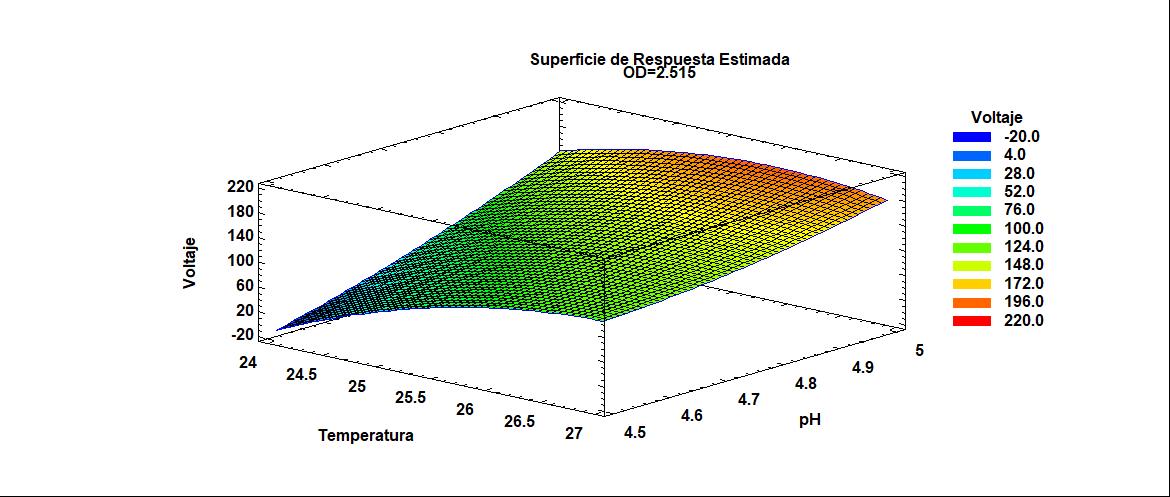Celdas de combustible microbiano acoplado a un reactor anaerobio de flujo ascendente de lecho fijo y fotocatálisis heterogéneo para el tratamiento de aguas mieles
DOI:
https://doi.org/10.33017/RevECIPeru2017.0005/Keywords:
Microbial fuel cells, Upflow fixed bed anaerobic reactor, Heterogeneous photocatalyst, DBO (acronym in Spanish), pH, Voltage, Amperage, Removal rate of organic materialAbstract
The current work removed the organic material from an artificial cacao washing effluent using microbial fuel cells coupled with an upflow fixed bed anaerobic reactor and a heterogeneous photocatalyst. Also, the the microbial charge was reduced, avoiding the proliferation of pathogenic micro organisms which interfere with the increase in the biochemical demand for oxygen, biological alteration and the reduction of quality in the bodies of water; at the same time, the generation of energy in volts and amps produced in the RAFA (acronym in Spanish) was measured. For this, the residual water at the entrance, during the process and at the exit was characterized. At the entrance and exit, the DBO5, total dissolved solids, reduction potential, conductivity, pH, temperature and %NaCl were measured; during the process the pH, amperage and voltage were measured. A removal rate of DBO5 at an average of 70.37% was obtained and according to bibliographic references, the removal rate of organic material in secondary treatment systems should be above 70% efficiency. Finally, it can be concluded that the integrated secondary and advanced treatment system achieved a greater efficiency as the organic matter diminished and a maximum generation of 195.1mV and 116 uA could be captured during the six days of monitoring in the RAFA; with a volume of 14.5 liters, obtaining an efficiency of 1560.8mW/m3.


